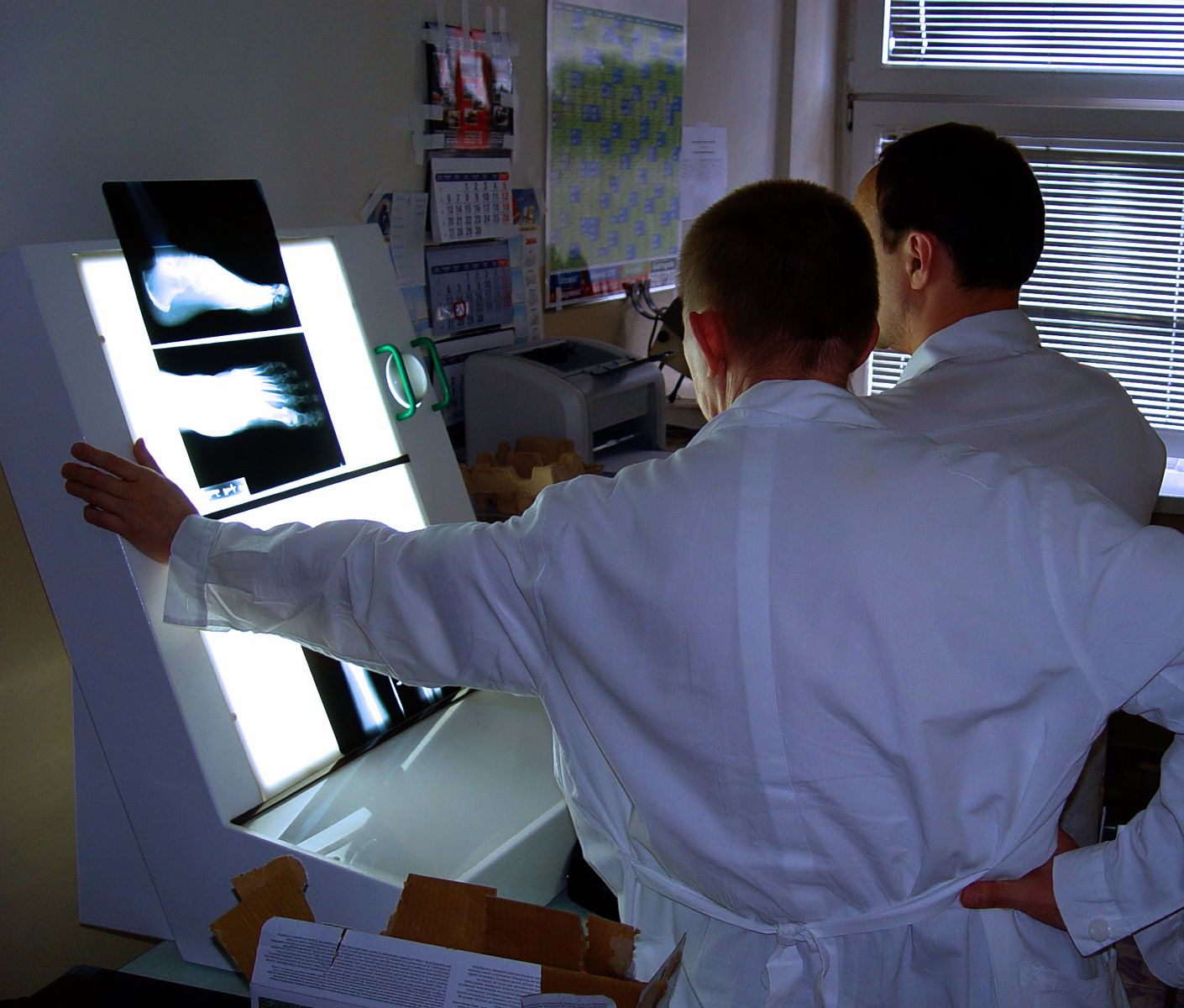Sometimes what looks like a problem is actually unrealistic expectations or a cry for innovation
Recently we followed up our initial training program at an FDA-regulated, medical device manufacturer to facilitate application of their new KT skills. Our role was to facilitate a team of troubleshooters as they worked through issues raised in their scheduled defect review meetings. We sat in on the sessions to help the team improve investigations, address customer issues and investigate product defects. The scheduled sessions address anything that a customer thought was not working.
Is it really a problem?
During our first session, an issue was raised that the team had been working on for a while without finding a solution. The customer asserted the firm’s imaging equipment wasn’t functioning properly under certain conditions; regularly producing poor or unusable scans. The team had explored the problem without success and had been unable to resolve why the equipment failed again and again under the same circumstances.
A challenge for problem solvers that we see again and again is that problem solving begins within the framework of how the client is using the product or service, without actually looking at the specifications. We asked the team to take a step back and ask, is the machine functioning differently than it was designed to function? While the customer was not seeing the results they expected, could it be the machine was doing exactly what it was designed to do? We asked the team to show us the data and the design specifications… what should the product be doing?
The team went back and looked at the product specs and quickly discovered that the customer was trying to use their product for something it wasn’t designed to do. The equipment was functioning properly, but it was not meeting a non-standard use. While the use was one that the customer desired and was not a totally unreasonable expectation, it was not what the equipment was designed to do and it was not a use that had been anticipated in advance. The customer didn’t get what they needed, yet the equipment was functioning within specifications.
In a highly regulated environment, it is critical to respond quickly and to clarify the parameters of what the product is designed to do. From here decisions need to be made. A non-standard use provides an opportunity for innovation to meet this new need. Are there actions that can be taken to satisfy the customer need? At this point, troubleshooting is complete and, if it makes sense, enhancing can begin.
We often see these “non-problems” when suppliers provide products to manufacturers who then use the product in a way other than intended. The supplier is blamed when quality issues are raised or a failure occurs. Rather than jumping immediately into problem solving mode, it is worth stepping back and checking the specs. So many times we see products used in non-specified conditions—too much heat, torque, pressure or myriad other uses. Problem solving begins too early: the product was working as designed. The non-specified use might be accommodated easily but not with a square peg in a round hole.
Do we have a problem? Go to the data and check the specs.









